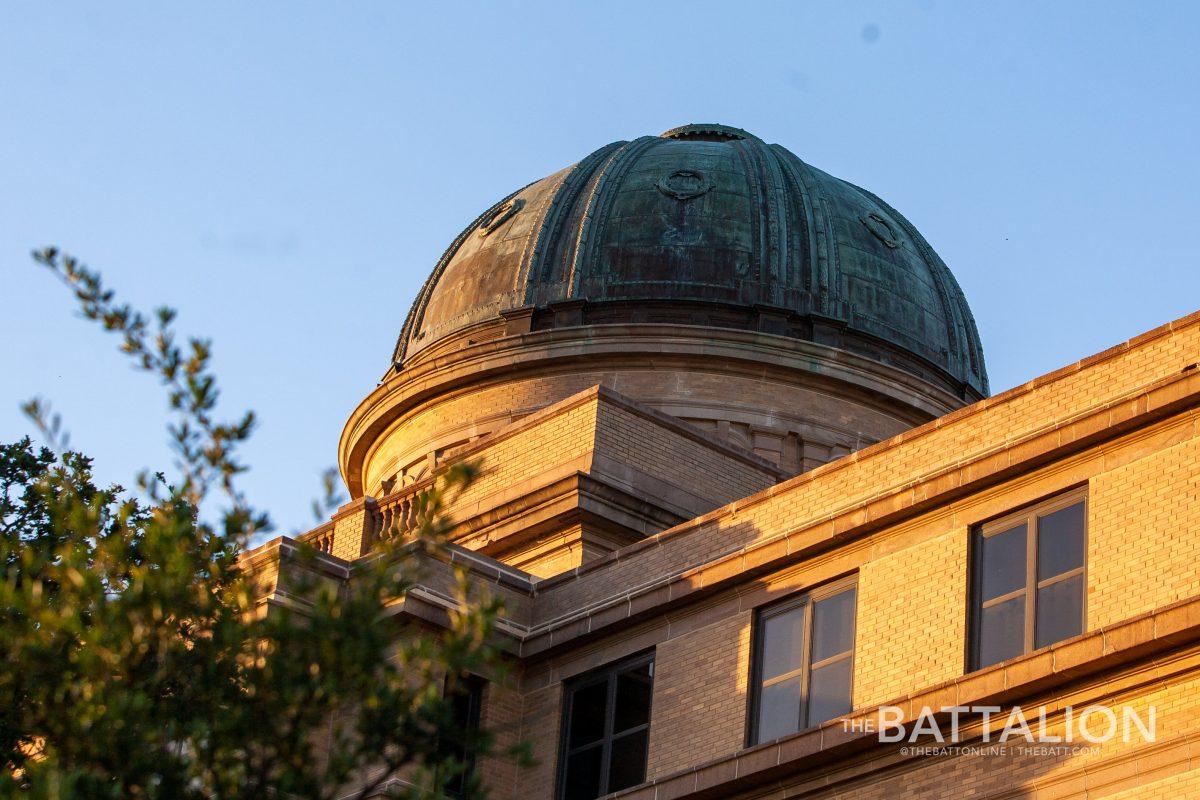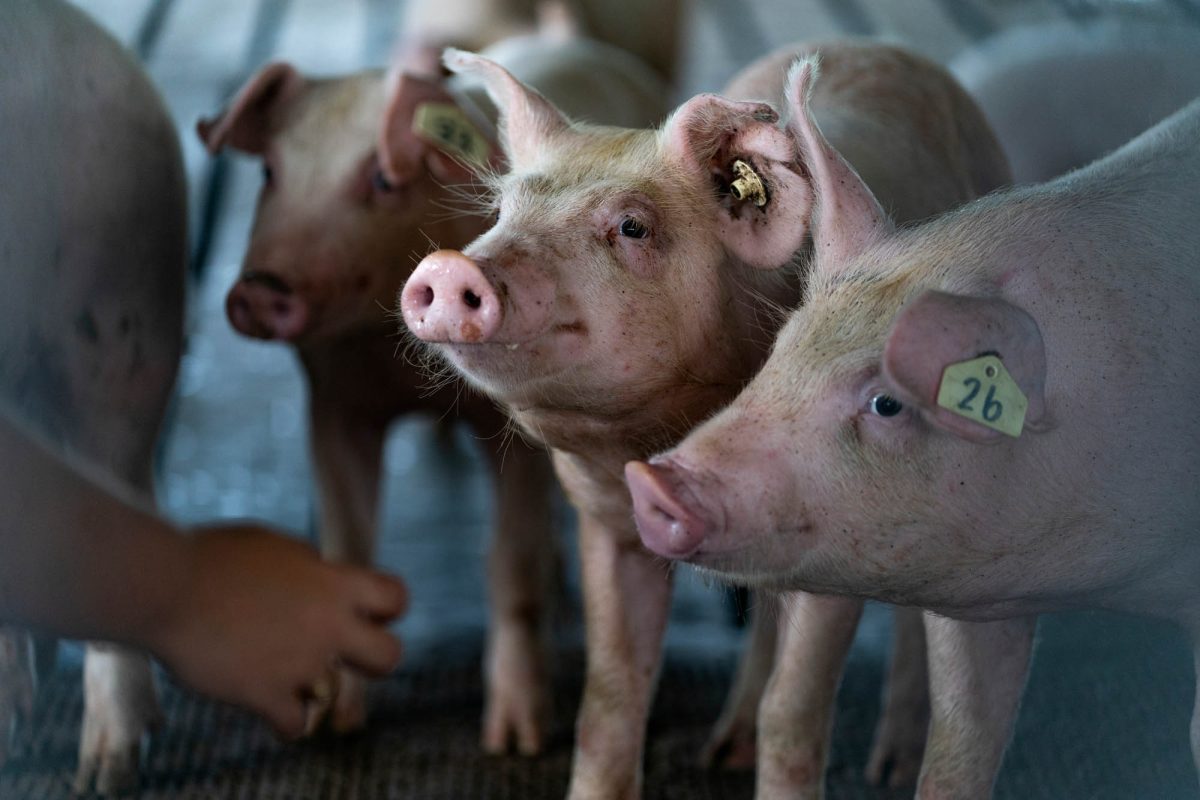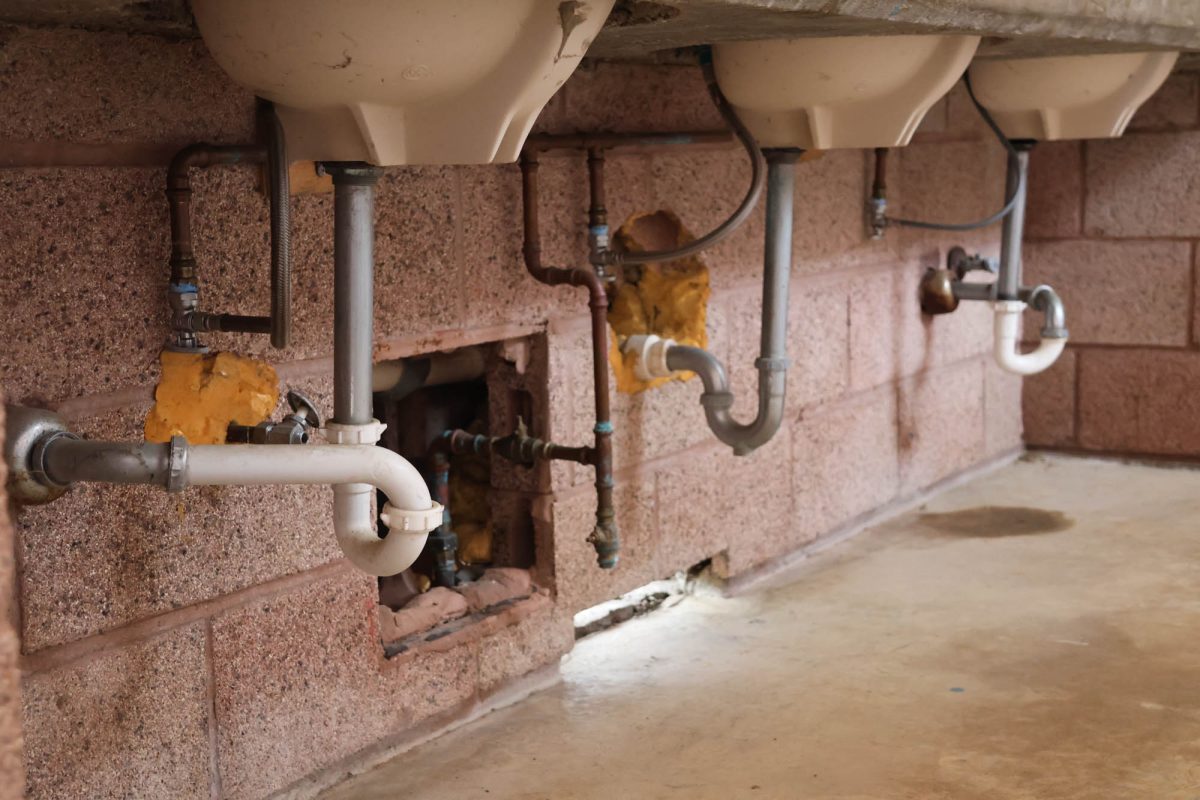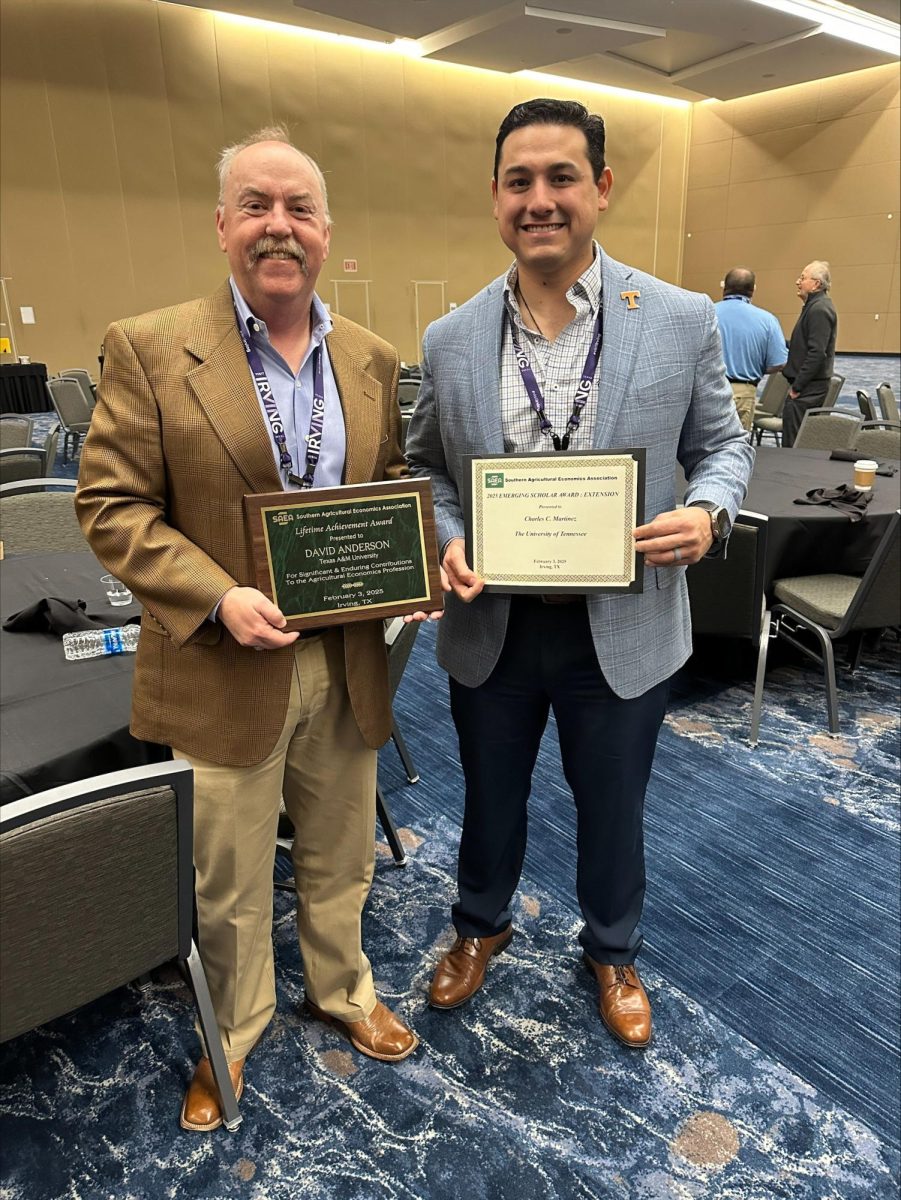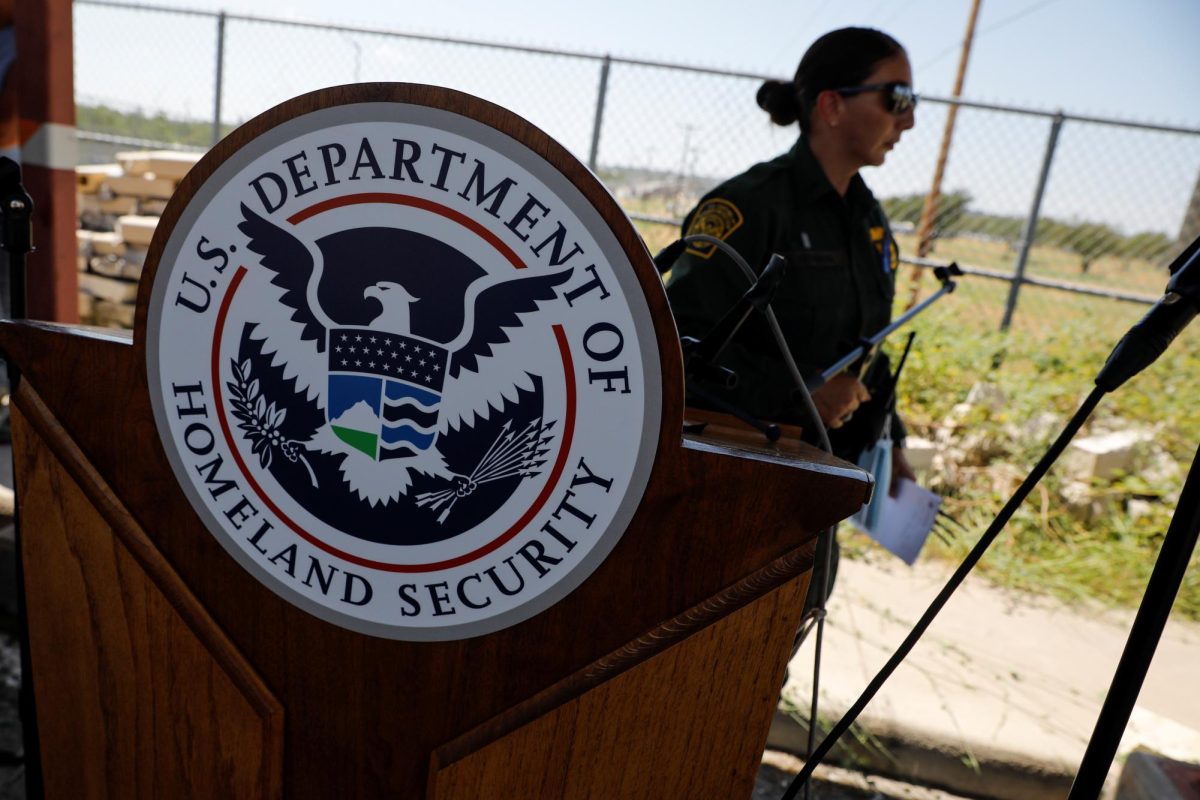As COVID-19 cases continue to rise in the Bryan-College Station community, some students and staff are feeling uneasy about the situation, as well as the university’s response. As of Sept. 14, there are 1,202 confirmed cases among university students, faculty and staff with a 10.41 percent total positivity rate.
While the issues facing the university right now are not exclusive to A&M, some faculty have expressed concerns about the A&M COVID-19 dashboard. There are roughly 60,000 confirmed COVID-19 cases on college campuses throughout the country. Furthermore, the new nature of COVID-19 has left many in fear of its long-term effects on recovered patients, even those who were asymptomatic or with mild symptoms.
Instructional Assistant journalism Professor Angelique Gammon said A&M’s dashboard is missing critical data that could help limit the spread and should be available for all in the community to see.
“You have student numbers [on the dashboard], but there isn’t an indication of … how many of those students live on or off-campus,” Gammon said. “If those students live off-campus, the university should issue guidelines on what they should do to isolate, how long and how well they maintain it.”
Even with cases rising on campus, public health senior Jazmine Avila said as a student, she feels confident in the university’s response towards the COVID-19 pandemic.
“I think A&M has taken most of the necessary precautionary measures as far as on-campus safety,” Avila said. “The couple of times that I do attend classes on campus I feel relatively safe because there aren’t a lot of students attending in-person and the few that do sit apart from each other.”
Despite the fact that students and faculty can decide whether they want to be on campus, much of the university staff doesn’t have the same option, Gammon said.
“Many of our frontline essential workers do not have that option [to work online], ” Gammon said. “They are required to be on campus, cleaning, serving food and performing other tasks. How safe is our Texas A&M community, and how are we also affecting all the people who live in Bryan-College Station?”
Gammon said with the long-term effects of COVID-19 still unknown, the university will have to come to terms with the fact that many students, faculty and staff have been put at risk this semester.
“[H]ow do you reconcile, even with good testing and tracing, knowing that you will have community spread with young people at some point?,” Gammon said. “I fear we will have a really bad outcome for someone, and was the risk worth it?”
Avila said the online component of classes has enticed some professors to give a heavier workload while underestimating how stressful a time this currently is for students.
“I feel like the workload is a bit heavier this semester,” Avila said. “Within the first week we were already assigned assignments back-to-back… it just felt a bit stressful given the circumstances we are in.”
Electronic systems engineering technology senior Emanuel Ochoa said he has struggled with getting the help he needs from professors during this time.
“COVID has negatively impacted my schoolwork,” Ochoa said. “Zoom lectures aren’t always the best, and there are always technical difficulties to be dealt with… I feel like this is hindering me from getting the hands-on experience.”
There are indeed professors who don’t believe it is up to them to make class workloads and students’ lives any easier despite the COVID-19 pandemic engulfing the country right now, Gammon said.
“I believe that there are professors that are not in touch with how dramatic and different everyone’s lives are, and they believe that the response should be ‘Just deal with it,’” Gammon said. “That is not my point of view and … throughout academia there have always been professors that do not believe it is part of their job to make accommodations in someone’s lives personally.”
Ochoa said it is a give-and-take situation, as some students have to sacrifice their learning experience in order to keep themselves as safe as possible.
“I feel safe at school, I’ve been responsible and haven’t gone out unless I need to get groceries,” Ochoa said. “All of my classes have labs and these have been really impacted, we don’t get enough time since the labs are split up into cohorts.”
All in all, the amount of information released and the overall response by the university has left some feeling uneasy, Gammon said.
“If your plan to be safe includes the phrase, ‘as safe as possible’, and if your safety plan relies on compliance of individuals to protect the whole, I would say I am uncomfortable because we know we will not have 100 percent compliance,” Gammon said.
The university should be forthcoming with the threshold that has to be met for the university to decide to move classes to an all online format, Gammon said.
“As a professor… what I would expect from my institution is to be transparent in what would be the tipping point where you would have everyone shelter in place to stop community spread,” Gammon said. “One of the things I find to be disquieting, is again that doesn’t seem to have been presented transparently by the administration. What is the metric for asking students to go all online for a period of time with the goal of bringing down the positivity rate under five percent?”
Ochoa said it is disheartening to have to make sacrifices to stay as safe as possible and return to a sense of normalcy as quickly as possible, only for other students to completely disregard that as soon as they step off-campus.
“I am not surprised at all [that some students don’t follow COVID-19 guidelines],” Ochoa said. “Since the start of the pandemic, students have been really irresponsible and selfish. I wouldn’t be surprised if there was another major increase in cases after the concert at Hurricane Harry’s.”
Coronavirus cases continue to rise in the Aggie community
September 14, 2020
Photo by Photo by Meredith Seaver
Academic Building
0
Donate to The Battalion
$2790
$5000
Contributed
Our Goal
Your donation will support the student journalists of Texas A&M University - College Station. Your contribution will allow us to purchase equipment and cover our annual website hosting costs, in addition to paying freelance staffers for their work, travel costs for coverage and more!
More to Discover




